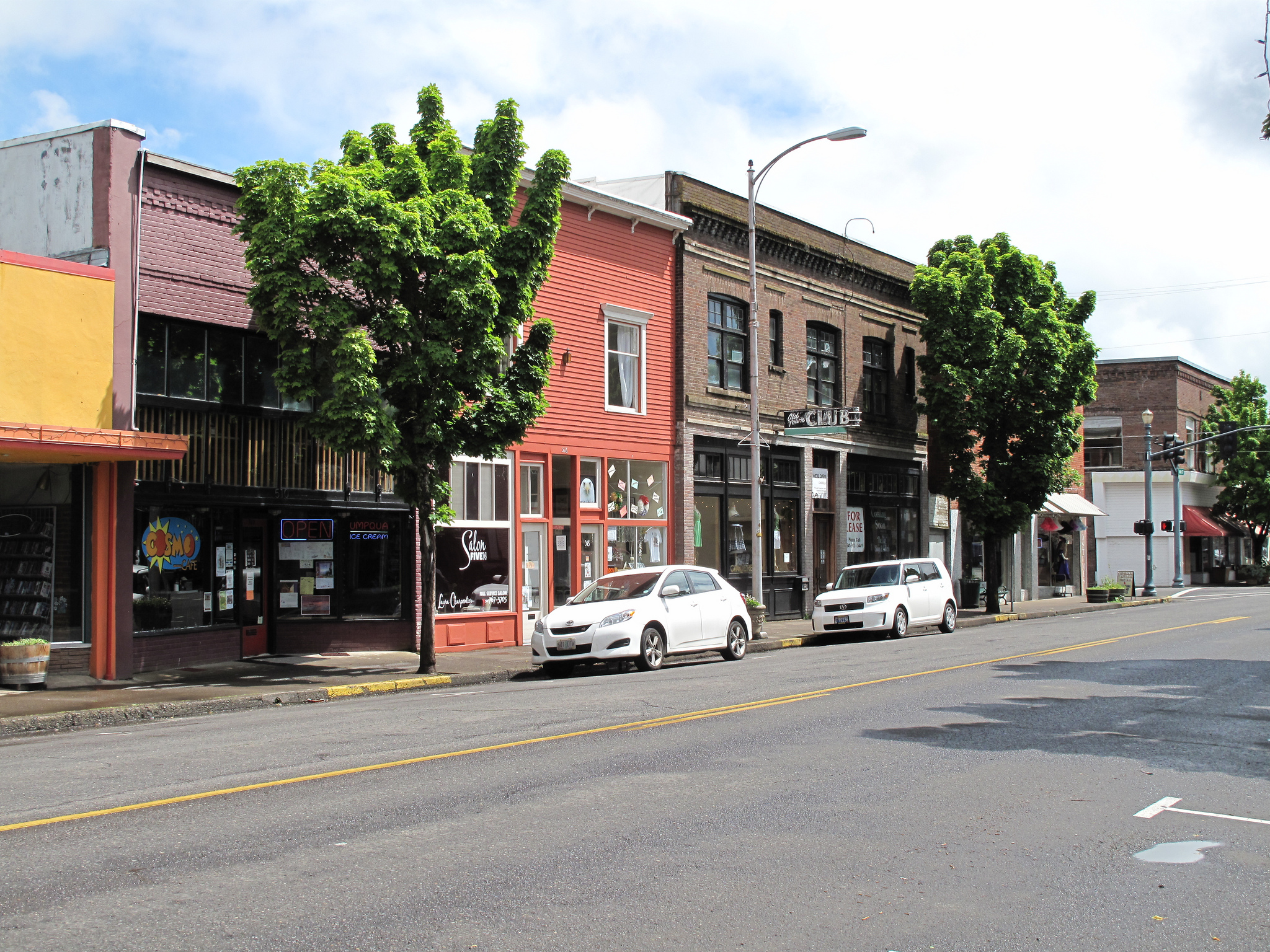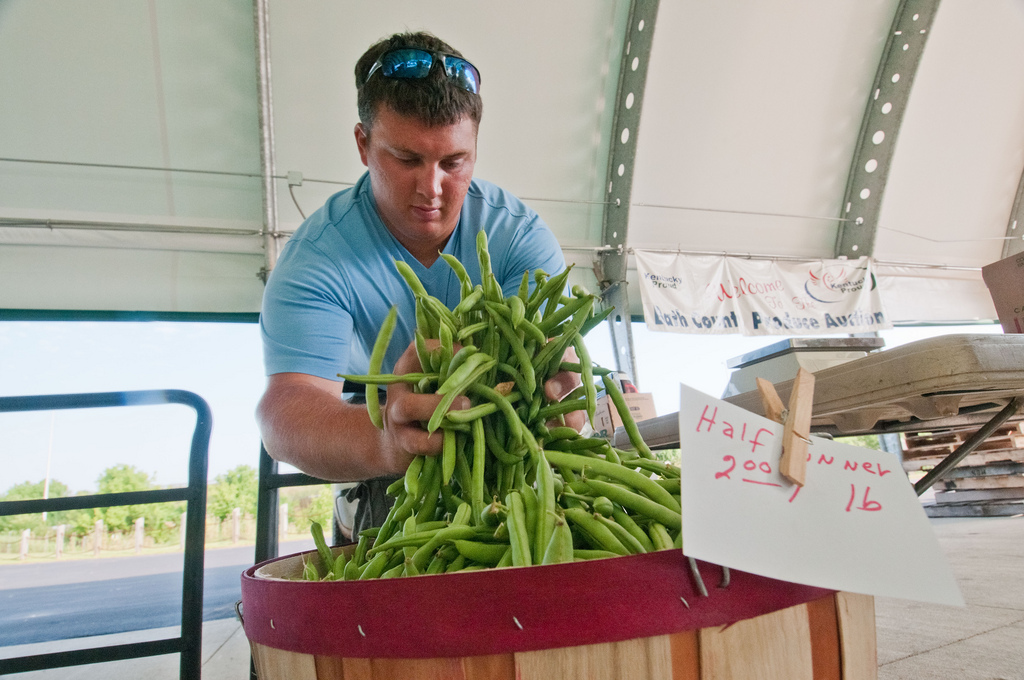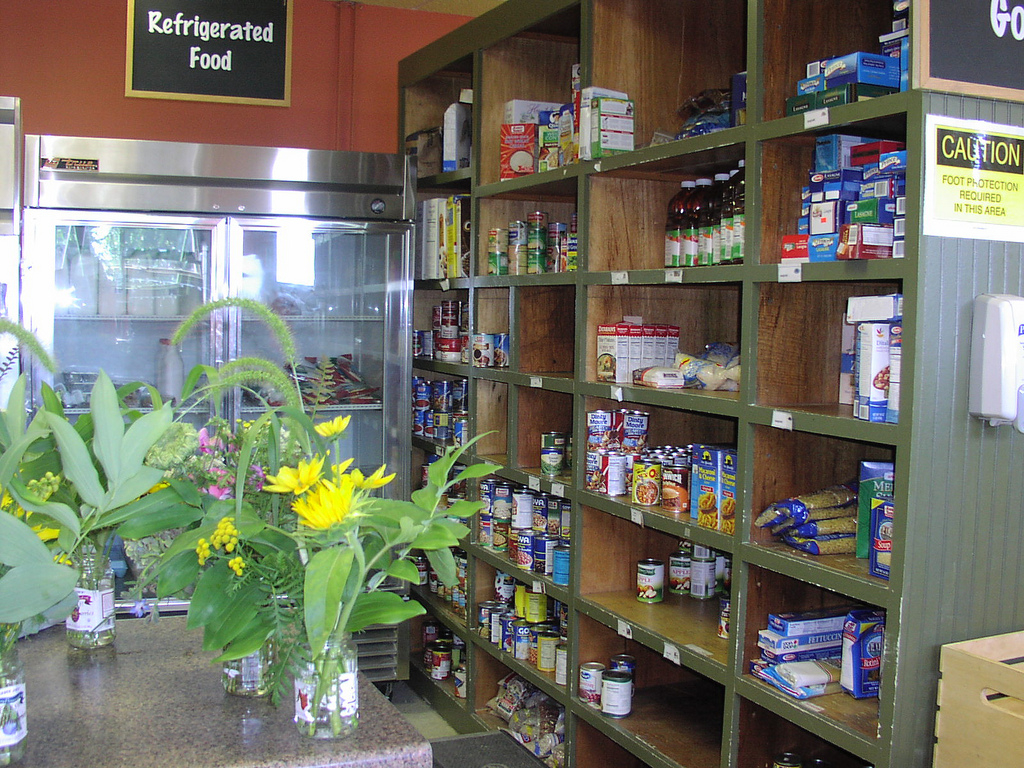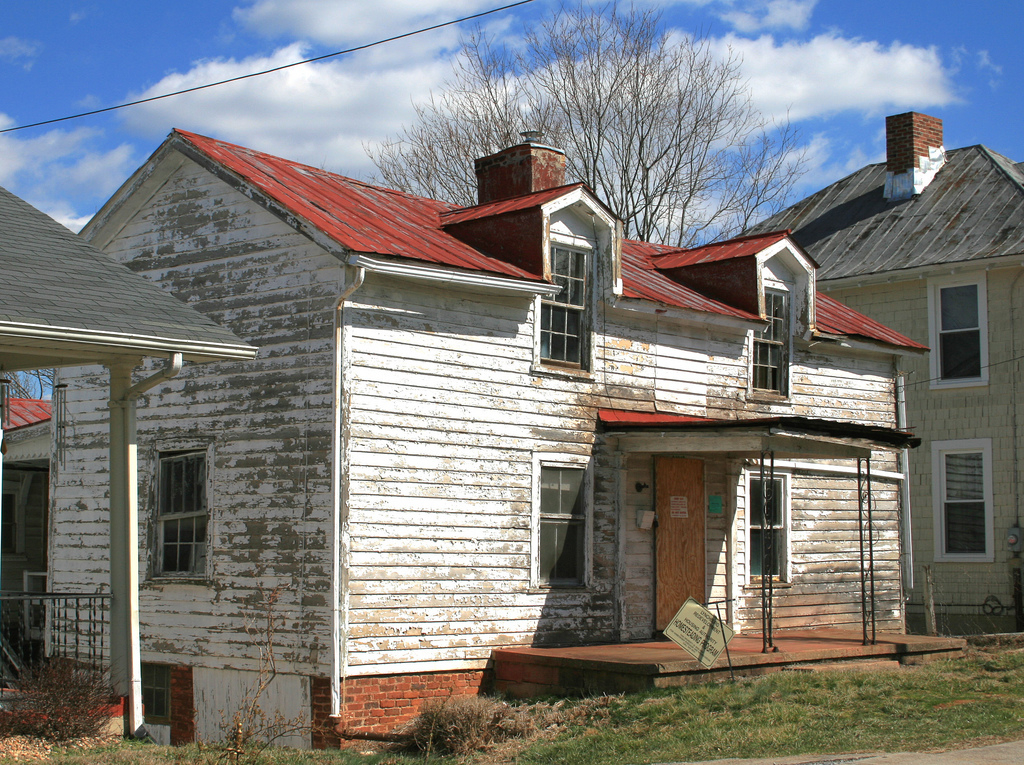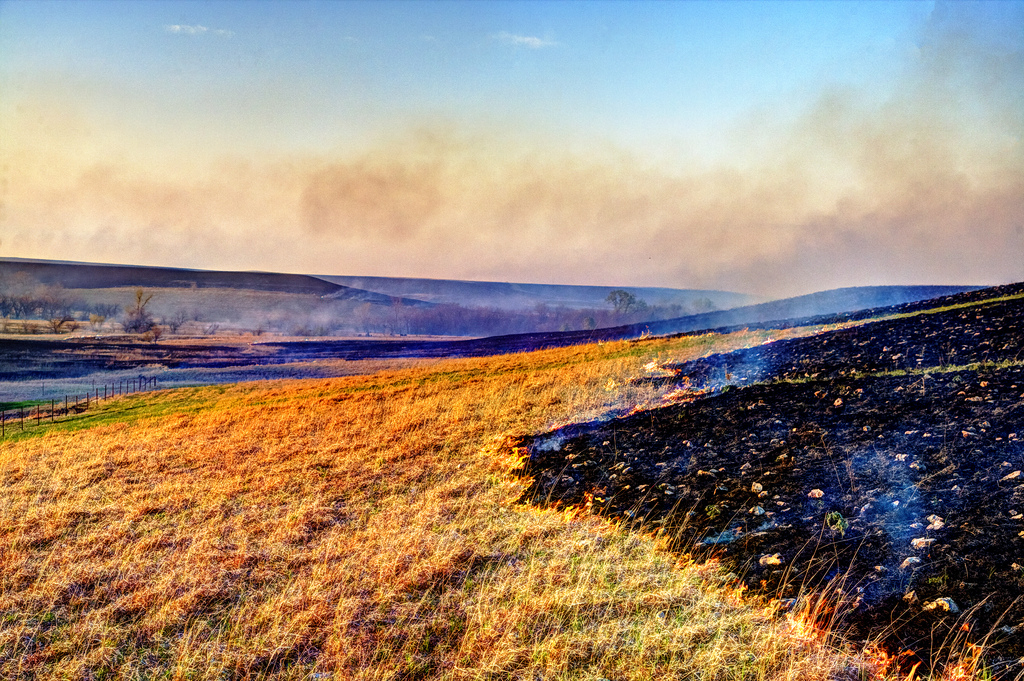Capacity is generally defined as “the ability to do something: a mental, emotional, or physical ability (2014).” Therefore, to build community capacity is to empower it with the education, motivation, and tools to tackle issues and opportunities with equal confidence. It can be further defined by its propensity to generate new skills over time either by building on past successes, or learning from successful failures. Through these exercises, social networks of bonding and bridging social capital are increased, strengthening the fabric of the community.
Bhattacharya (2004) defined community development as a process that yields solidarity and agency through efforts of self-help, felt needs, and participation. Solidarity is the feeling people have when they belong to something larger than themselves. Agency is the freedom to direct one’s own course of action at any scale, whether neighborhood, or community. When a community follows a directed vision rather than self-help method, neither solidarity nor agency has been generated. Impartially facilitated self-help methods keep communities engaged longer and in a more determined manner. The outcomes are more personal, tailored to fit the community, flexible in their design, and resilient.
“Visioning is an asset-based approach to community development (Green & Haines, 2012).”
The first step in any community change project is to have a collaborative, collective vision as the outcome of the effort. As has been documented by Robert Putnam in his book Bowling Alone, traditional frameworks of community civic engagement have declined precipitously in the past thirty years leaving the newest generation of community stakeholders and professionals without a formal network of engagement, leaving them somewhat unable to tackle even the smallest community change projects. Trends toward solely technical assistance forms of planning and community development have since prevailed, taking power from the citizenry and producing sanitary, logic-based plans. A different guide and organizational framework gives the newest civic generations a roadmap for community change.
“The visioning process begins with identifying an overall community vision and then develops visions in strategic areas (Green & Haines, 2012).”
By using the standardized self-help framework p3 has developed for communities and facilitators to use for envisioning their future, communities are better able to resolve their own issues and implement their own strategies achieving any goal.
The highest and best result of any community development effort, whether through self-help, technical assistance, or a collaborative mix of the two, is to build community capacity; this, I assert, is largely accomplished by focusing on the community’s health, sustainability, and prosperity. By focusing on self-help and capacity, a community is more resilient; it is more capable of overcoming shock.
References
(2014). Merriam-Webster Online Dictionary. Springfield, MA: Merriam-Webster, Incorporated. doi:www.merriam-webster.com
Bhattacharya, J. (2004). Theorizing community development. Journal of the Community Development Journal 34(2) pp. 5-34, doi: 10.1080/15575330409490110.
Green, G. P., & Haines, A. (2012). Asset building & community development. (3 ed., p. inclusive). Thousand Oaks, California: Sage Publications, Inc.
Putnam RD. Bowling alone: The collapse and revival of american community. (1 ed., p. inclusive). New York: Simon & Schuster; 2000.
Attributions
Photo courtesy of the U.S. Department of Agriculture, used under the Creative Commons license. No changes were made to the original photo.

